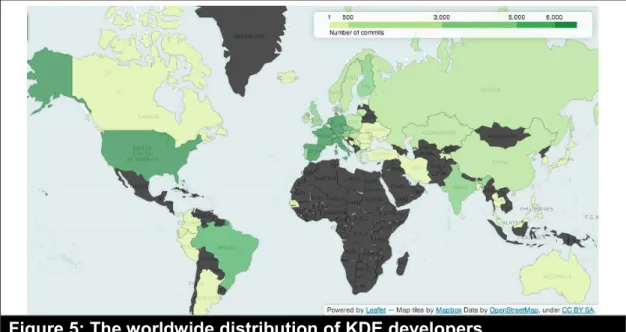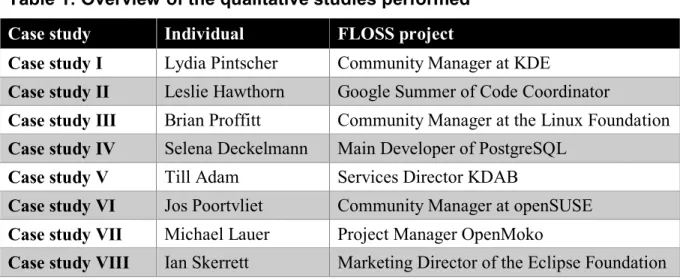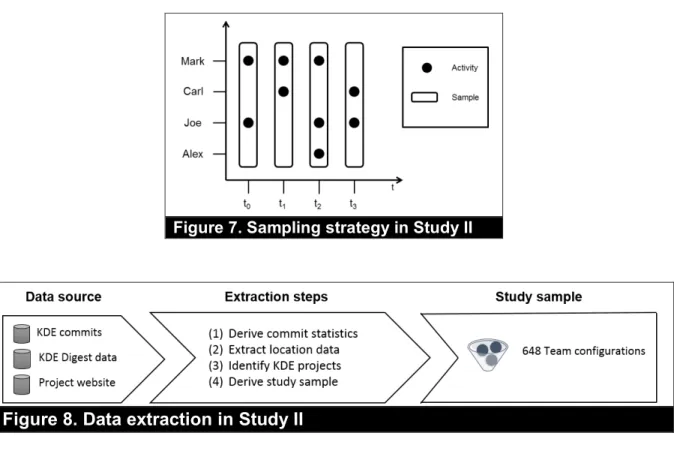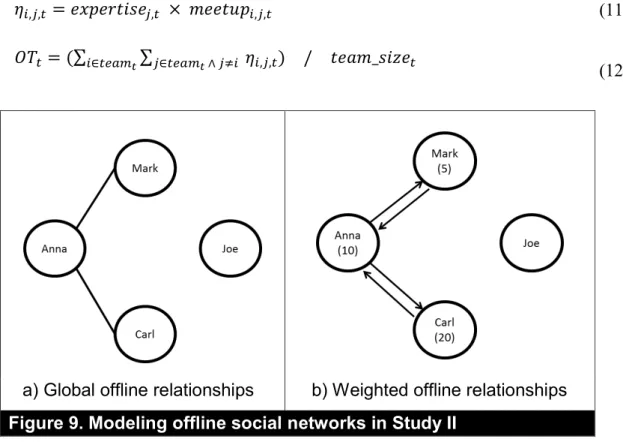Developer Management in FLOSS Projects
Volltext
Abbildung
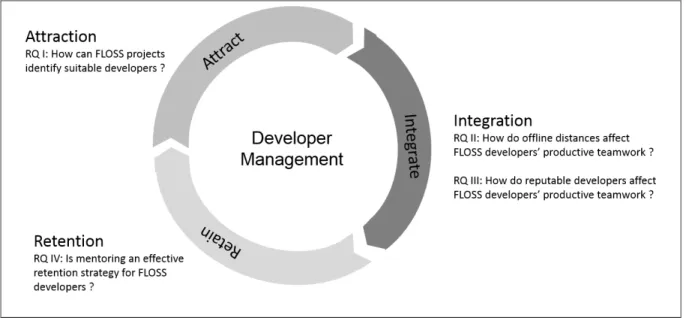
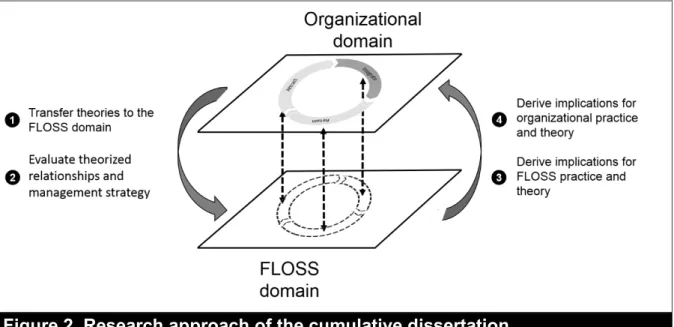
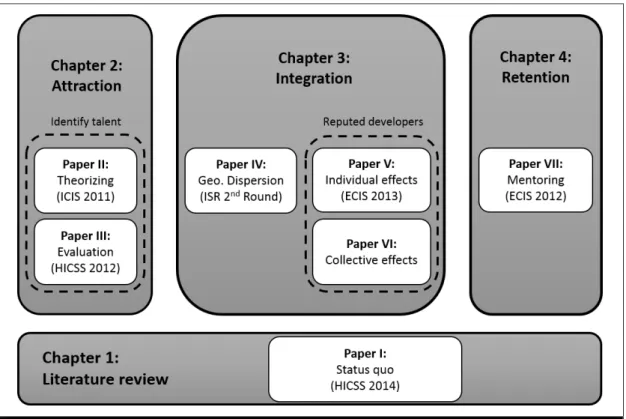
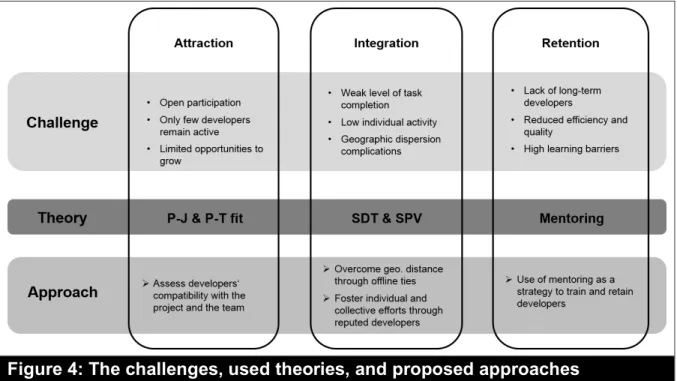
ÄHNLICHE DOKUMENTE
"» Compare the Sanskrit version translated in this paper with the English translation of the Tamil version comprising the bulk of the book by Gor¬.. don
Finalmente, dado que la distribución de los residuos de la ecuación de corto plazo es unimodal y no presenta mayor masa de probabilidad en sus colas (o valores extremos),
FSN (Actual Recorded) NYLAM Proxy.. currency abroad indicate that the “official” FOF/BEA estimates of overseas currency based on the NYLAM proxy have overestimated
In the event of a Local or Asian financial crisis our findings suggests that Malaysia will be the stock index affected the most as it is highly correlated
EXTRA English 22 The Entertainers Fragen zum Inhalt?. A. Decide which is the correct meaning of
Decide which is the correct meaning of these expressions. Beware of the number three. a) The number three is very lucky. b) The number three could be unlucky. Today you will be in for
Nick's horoscope tells him to be careful of a number and a colour.. Their neighbour comes to tell them that he has lost
Decide which is the correct meaning of these expressions. Beware of the number three. a) The number three is very lucky. b) The number three could be unlucky. Today you will be in for
